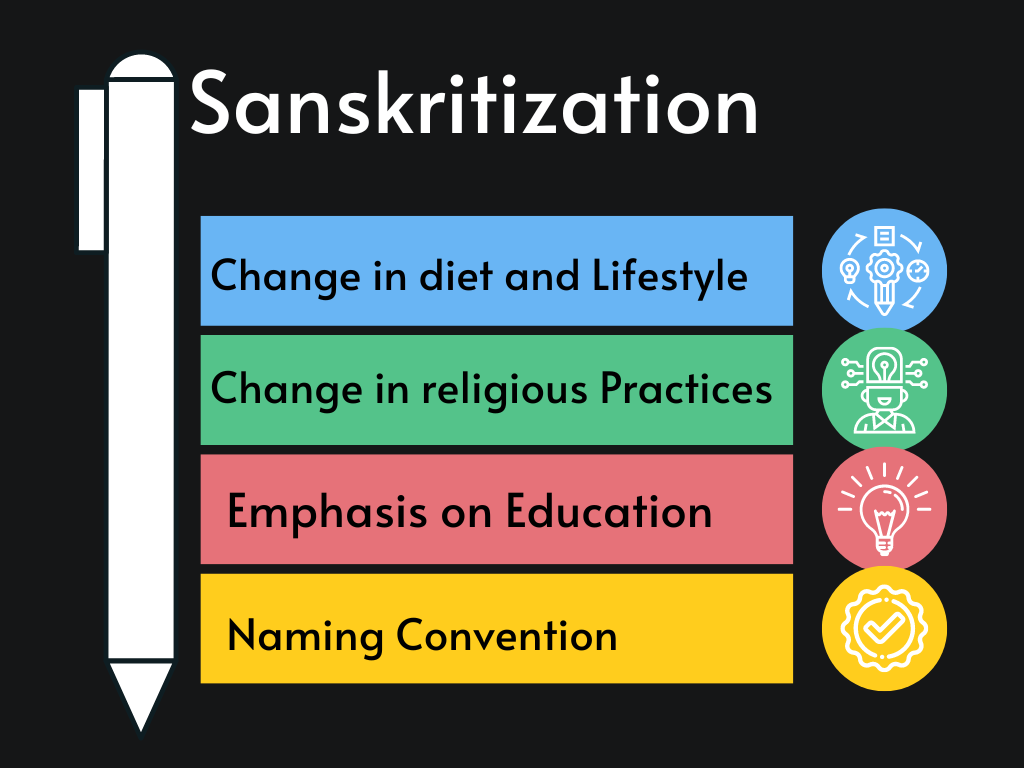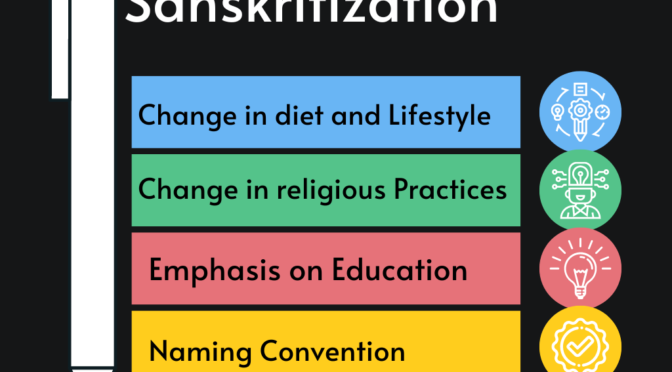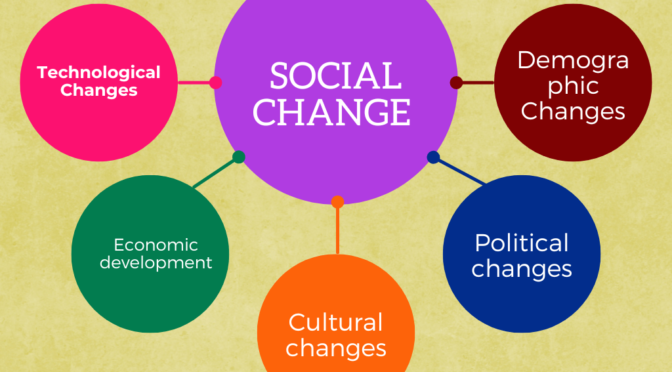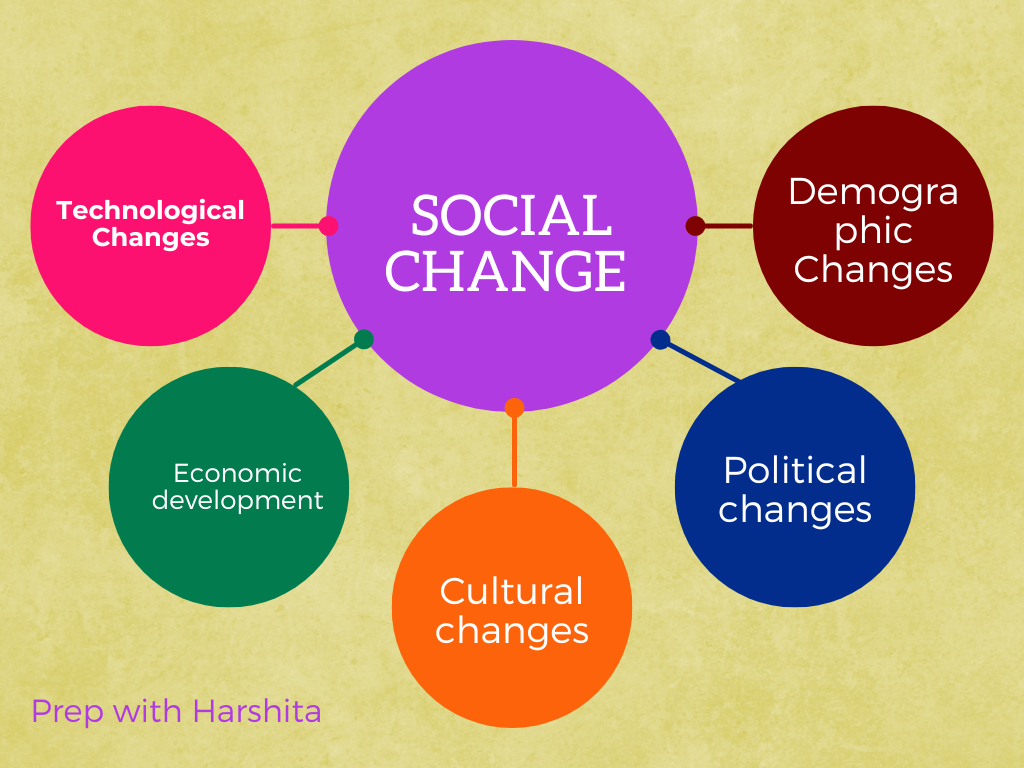Sanskritization refers to the process by which a lower caste or non-caste group in India adopts the customs, rituals, beliefs, and practices of the upper caste Brahmins in order to gain social status and upward mobility within the Hindu caste system.
This term was first coined by M.N. Srinivas, a famous Indian sociologist.
Sanskritization involves the adoption of the Sanskrit language, literature, and religion, as well as other cultural practices associated with the upper castes.
This process often involves changes in dress, food habits, and even the adoption of new names and surnames.
The process of Sanskritization has been both praised and criticized by scholars. Some see it as a positive step towards greater social equality, while others see it as a reinforcement of caste-based discrimination and inequality. Additionally, some argue that the adoption of Brahminical culture by non-Brahmin groups can lead to the marginalization and erasure of other cultural traditions and practices.
Also Visit: Prep with Harshita
The process of Sanskritization in India involves several distinct features, including:
- Adoption of Sanskrit language: Sanskrit is considered the language of the gods and the highest language of the Brahmins. Lower castes that aspire to a higher social status often adopt Sanskrit words and phrases in their speech and writing.
- Changes in diet and lifestyle: Brahminical customs and traditions include strict dietary rules, such as abstaining from meat and alcohol. Non-Brahmin communities that wish to emulate higher castes often adopt similar dietary restrictions and other aspects of the Brahminical lifestyle.
- Emphasis on education: The Brahmins have traditionally held a monopoly on education, and non-Brahmin communities may adopt Brahminical forms of education and scholarship to gain social status.
- Religious practices: The Brahmins hold a dominant position in Hindu society as the keepers of religious knowledge and practice. Lower castes may adopt Brahminical religious practices and beliefs in order to gain social prestige.
- Naming conventions: Brahmins traditionally have complex naming conventions that indicate their caste, family, and religious affiliation. Non-Brahmin communities may adopt similar naming conventions as a way of signaling their affiliation with higher castes.
Overall, the process of Sanskritization involves the adoption of a range of cultural practices and beliefs associated with the Brahmins, with the goal of gaining social status and prestige within the Hindu caste system.
Also Read: Social Change




